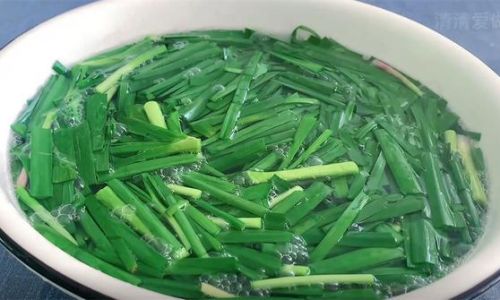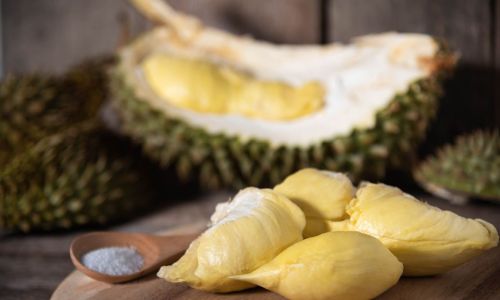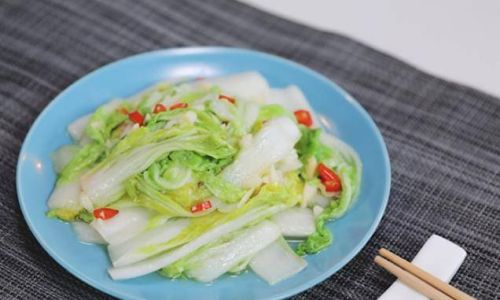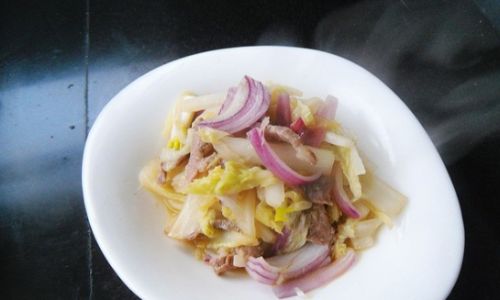Introduction
Stir-fried leeks, a humble yet versatile dish, have graced dinner tables across Asia for centuries. While often overlooked in favor of more flashy vegetables, leeks offer a unique sweetness and crunch that, when prepared correctly, can elevate any meal. This article delves into the nuances of selecting, preparing, and cooking leeks to perfection, ensuring a dish that balances texture, flavor, and aroma. Whether you’re a seasoned home cook or a novice in the kitchen, mastering stir-fried leeks will reward you with a versatile side dish that pairs beautifully with rice, noodles, or grilled proteins.
Understanding Leeks: More Than Just a Garnish
Leeks (Allium ampeloprasum) are members of the Allium family, closely related to onions, garlic, and shallots. Unlike their pungent relatives, leeks boast a mild, sweet flavor with a subtle hint of garlic. Their long, cylindrical green leaves and firm white stalks are edible, though the toughest green tops are often discarded. Nutritionally, leeks are rich in vitamins A, C, and K, as well as dietary fiber, making them a healthy addition to any diet.
Selecting the Freshest Leeks
The foundation of a great stir-fry begins at the grocery store or farmers’ market. When choosing leeks, look for specimens with:
- Vibrant Green Leaves: Avoid leeks with wilted, yellowing, or brown-tipped leaves, as these indicate age or improper storage.
- Firm Stalks: Gently squeeze the leek; it should feel crisp and dense, not soft or spongy.
- Uniform Size: Leeks of similar thickness will cook evenly, preventing some pieces from becoming mushy while others remain undercooked.
- Minimal Dirt: While leeks grow in sandy soil, excessive dirt trapped between layers may require more thorough cleaning.
Preparing Leeks: Cleaning and Cutting Techniques
Proper preparation is critical to removing grit and ensuring even cooking. Follow these steps:
- Trimming:
- Slice off the root end, leaving about ½ inch intact to hold the layers together.
- Remove the toughest green portion of the leaves, retaining only the tender light-green and white parts.
- Cleaning:
- Slice the leek lengthwise into quarters or halves, depending on thickness.
- Rinse under cold running water, fanning the layers to dislodge trapped dirt.
- For extra assurance, soak sliced leeks in a bowl of water for 10 minutes, then drain.
- Cutting:
- Slice the leeks crosswise into 2-inch segments or thin strips (julienne) for faster cooking.
- Uniformity in size ensures consistent texture.
The Science of Stir-Frying: Heat, Oil, and Timing
Stir-frying is a high-heat cooking method that sears vegetables quickly, preserving their crunch and nutrients. To achieve restaurant-quality results:

- Wok vs. Skillet:
A carbon-steel wok is ideal for its ability to distribute heat evenly and allow tossing. However, a large stainless-steel or cast-iron skillet works well too.
- Oil Selection:
Use oils with high smoke points, such as peanut, canola, or avocado oil. Avoid olive oil, which can burn at high temperatures.
- Heat Control:
- Preheat the pan over medium-high heat until a drop of water sizzles and evaporates instantly.
- Add oil and swirl to coat the pan’s surface.
Mastering the Stir-Fry Process
- Aromatics First:
Begin by sautéing minced garlic, ginger, or chili peppers in hot oil until fragrant (15–30 seconds). This step infuses the oil with flavor.
- Adding Leeks:
- Toss the leeks into the pan and stir vigorously to coat them in oil.
- Spread the leeks into a single layer to maximize contact with the hot pan.
- Stir-Frying Technique:
- Use a spatula or tongs to toss the leeks continuously, preventing burning.
- For even cooking, avoid overcrowding the pan; cook in batches if necessary.
- Seasoning:
- Add soy sauce, oyster sauce, or a pinch of salt and sugar halfway through cooking.
- For depth, sprinkle with white pepper or a dash of rice vinegar.
- Finishing Touches:
- Remove the pan from heat just as the leeks turn bright green and tender-crisp (3–5 minutes, depending on thickness).
- Overcooking will result in a mushy texture and muted flavor.
Enhancing Flavor: Seasonings and Add-Ins
While stir-fried leeks shine on their own, experimenting with seasonings and mix-ins can transform the dish:
- Umami Boosters:
A splash of fish sauce or a teaspoon of miso paste adds savory complexity.
- Aromatic Herbs:
Toss in fresh cilantro, basil, or mint leaves just before serving for a burst of freshness.
- Protein Pairings:
Add diced tofu, shrimp, or sliced chicken breast during the final 2 minutes of cooking.
- Nuts and Seeds:
Garnish with toasted sesame seeds, crushed peanuts, or cashews for crunch.
- Spice Variations:
For heat, include sliced Fresno chilies or a sprinkle of red pepper flakes.
Troubleshooting Common Issues
- Soggy Leeks:
Ensure the pan is adequately preheated and avoid adding too much liquid (e.g., soy sauce) early in cooking.
- Uneven Cooking:
Cut leeks into uniform sizes and avoid overcrowding the pan.
- Bland Flavor:
Balance saltiness with a touch of sugar or acidity from vinegar or citrus.
- Burnt Aromatics:
Add garlic and ginger after the oil is hot but before the leeks to prevent scorching.
Serving Suggestions and Pairings
Stir-fried leeks’ adaptability makes them a stellar side dish or ingredient in larger meals:
- With Rice:
Serve alongside steamed jasmine rice or fried rice for a simple yet satisfying meal.
- Noodle Bowls:
Toss with soba noodles, udon, or rice noodles and a drizzle of sesame oil.
- Grilled Proteins:
Pair with grilled salmon, chicken, or tofu for a contrast of textures.

- Spring Rolls:
Use as a filling in fresh spring rolls with rice paper wraps.
- Omelets:
Fold stir-fried leeks into a fluffy omelet for a breakfast or brunch dish.
Regional Variations: Exploring Global Flavors
Leeks are beloved worldwide, inspiring diverse preparations:
- Korean-Style:
Add gochujang (fermented chili paste) and a sprinkle of toasted sesame seeds.
- French Influence:
Sauté with butter, white wine, and a pinch of thyme for a European twist.
- Middle Eastern Flair:
Mix with sumac, lemon juice, and chopped parsley.
- Thai Fusion:
Incorporate coconut milk, lime leaves, and basil for a creamy curry base.
Health Benefits: Why Leeks Deserve a Spot on Your Plate
Beyond their delicious flavor, leeks offer a host of health advantages:
- Digestive Health:
Rich in prebiotic fiber, leeks nourish beneficial gut bacteria.
- Antioxidant Power:
High in flavonoids and polyphenols, leeks combat oxidative stress.
- Heart Health:
Allicin, a compound found in leeks, may help lower cholesterol levels.
- Low-Calorie Nutrition:
A 1-cup serving contains just 54 calories, making it diet-friendly.
Preserving Leeks: Storage and Leftovers
To extend the shelf life of leeks:
- Storage:
Wrap unwashed leeks in a damp paper towel and store in the crisper drawer for up to 2 weeks.
- Freezing:
Blanch sliced leeks in boiling water for 2 minutes, then freeze in airtight bags for up to 6 months.
- Reheating Leftovers:
Gently reheat stir-fried leeks in a skillet over medium heat to maintain texture.
Conclusion: Elevating a Simple Dish to Culinary Art
Stir-fried leeks exemplify the beauty of minimalist cooking: few ingredients, maximum flavor. By mastering the selection of fresh leeks, perfecting your stir-fry technique, and experimenting with seasonings, you can transform this humble vegetable into a dish that delights the senses. Whether enjoyed as a side, a main, or a creative addition to global cuisines, stir-fried leeks prove that simplicity, when executed with care, can rival even the most elaborate recipes. So next time you spot a bunch of leeks at the market, seize the opportunity to create a meal that celebrates nature’s bounty in every crisp, aromatic bite.





0 comments